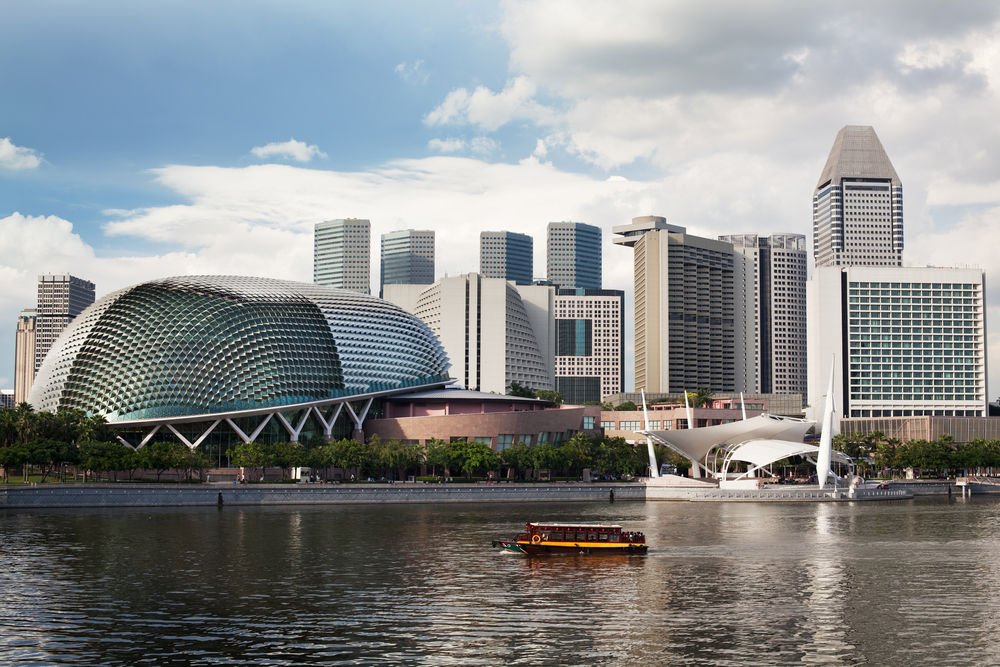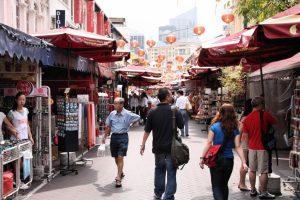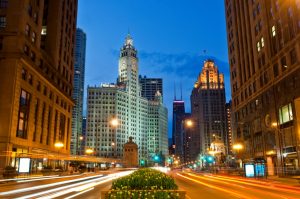The Numbers
The country of Singapore is composed of 63 islands at the end of the Malay Peninsula. The nation is home to 4.7 million residents, including Chinese, Malays and Indians, and boasts four official languages: English, Chinese, Malay and Tamil. Having gained independence from the British in the 1960s, Singapore has a highly developed and successful free-market economy. Its GDP of $291.9 billion in 2010 makes it 41st in the world, with manufacturing accounting for 27.2 percent. It also ranks as the world’s fourth leading financial center, second biggest casino gambling market, one of the top three oil refining centers and one of the five busiest ports in the world.
The Pulse
Singapore’s economy contracted 1.3 percent in 2009 as a result of the global financial crisis, but rebounded nearly 14.7 percent in 2010 on the strength of renewed exports, according to “The CIA World Factbook.” In 2005, the government legalized casino gaming to add to the region’s attractions, and four years later, two casino resorts (called integrated resorts) – the Marina Bay Sands and Resorts World Sentosa – were opened, bringing new hotels, restaurants, retail, bars, theme parks and museums, as well as gaming floors, to the area. While more than 10 million tourists visited Singapore in 2009, the Singapore Tourism Board aims to attract 17 million visitors and have annual tourism revenue of $22.81 billion by 2015.
The Hotspots
Among the retail destinations is Dempsey Hill, with former army barracks that have been converted into art galleries, gourmet shops and fine dining restaurants. The slopes of Ann Siang Hill host a collection of quirky shops, cafés and trendy bars in century-old buildings. The 1.2 mile, mall-lined Orchard Road is a main retail and entertainment hub, home to such brands as Jimmy Choo, Topshop, Abercrombie & Fitch, Uniqlo, Gucci and Prada, along with local department stores OG and Tangs. In 2009, the area underwent a
$40 million street renovation and welcomed ION Orchard, with its six double-story flagship stores, and Orchard Central, Singapore’s first and tallest vertical mall. Louis Vuitton recently added its fifth store at the Marina Bay Sands resort. “Singapore’s rich cultural history and artistic heritage, alongside its vibrant and exciting development, make it a natural home for Louis Vuitton,” ceo Yves Carcelle told Women’s Wear Daily.
Obstacles/Opportunities
Geographically, Singapore struggles for space. Ongoing land reclamation projects have increased Singapore’s land area from 224.5 square miles in the ’60s to 272 square miles today, with another 40 square miles planned by 2030. This means a lot of retailers will need to go in with urban market formats, says James Farnell, director of design/retail, Little (Costa Mesa, Calif.). He also sees the potential for oversaturation of luxury and Western brands. “As Singapore reaches maturity,” he says, “there’s going to be more emphasis on local designer labels.” A growing class of young, globally minded entrepreneurs is adding a new layer to the retail, restaurant and hotel scene, according to “The Monocle Singapore Survey 2009.” Luxury brands are also drawn to the area’s wealth, with 15.5 percent of all households owning at least $1 million.


 Photo Gallery1 week ago
Photo Gallery1 week ago
 Headlines3 days ago
Headlines3 days ago
 Headlines1 week ago
Headlines1 week ago
 Headlines1 week ago
Headlines1 week ago
 Headlines1 week ago
Headlines1 week ago
 Designer Dozen7 days ago
Designer Dozen7 days ago
 Headlines1 week ago
Headlines1 week ago
 Headlines1 week ago
Headlines1 week ago


















